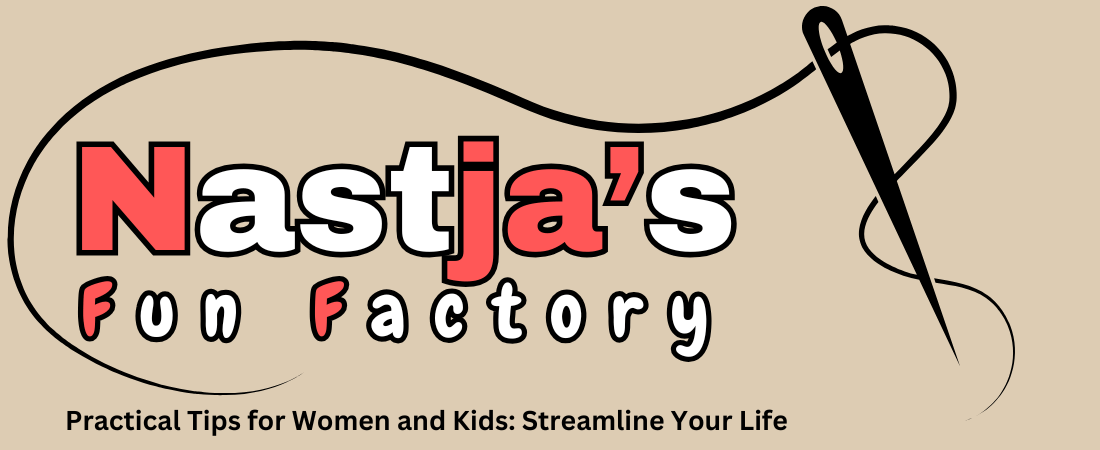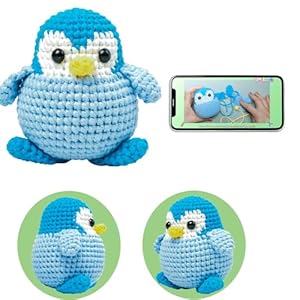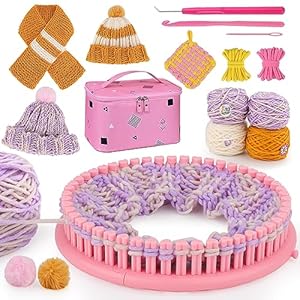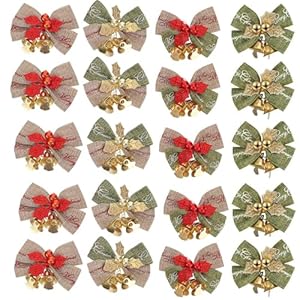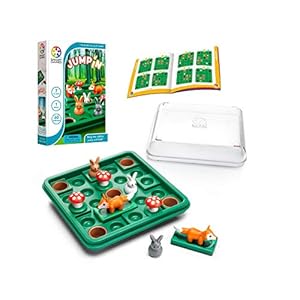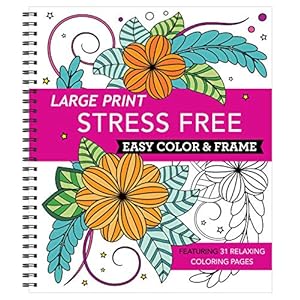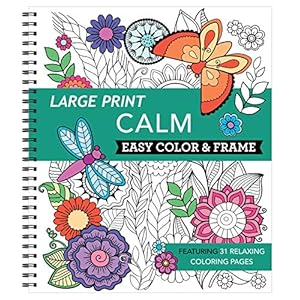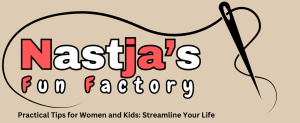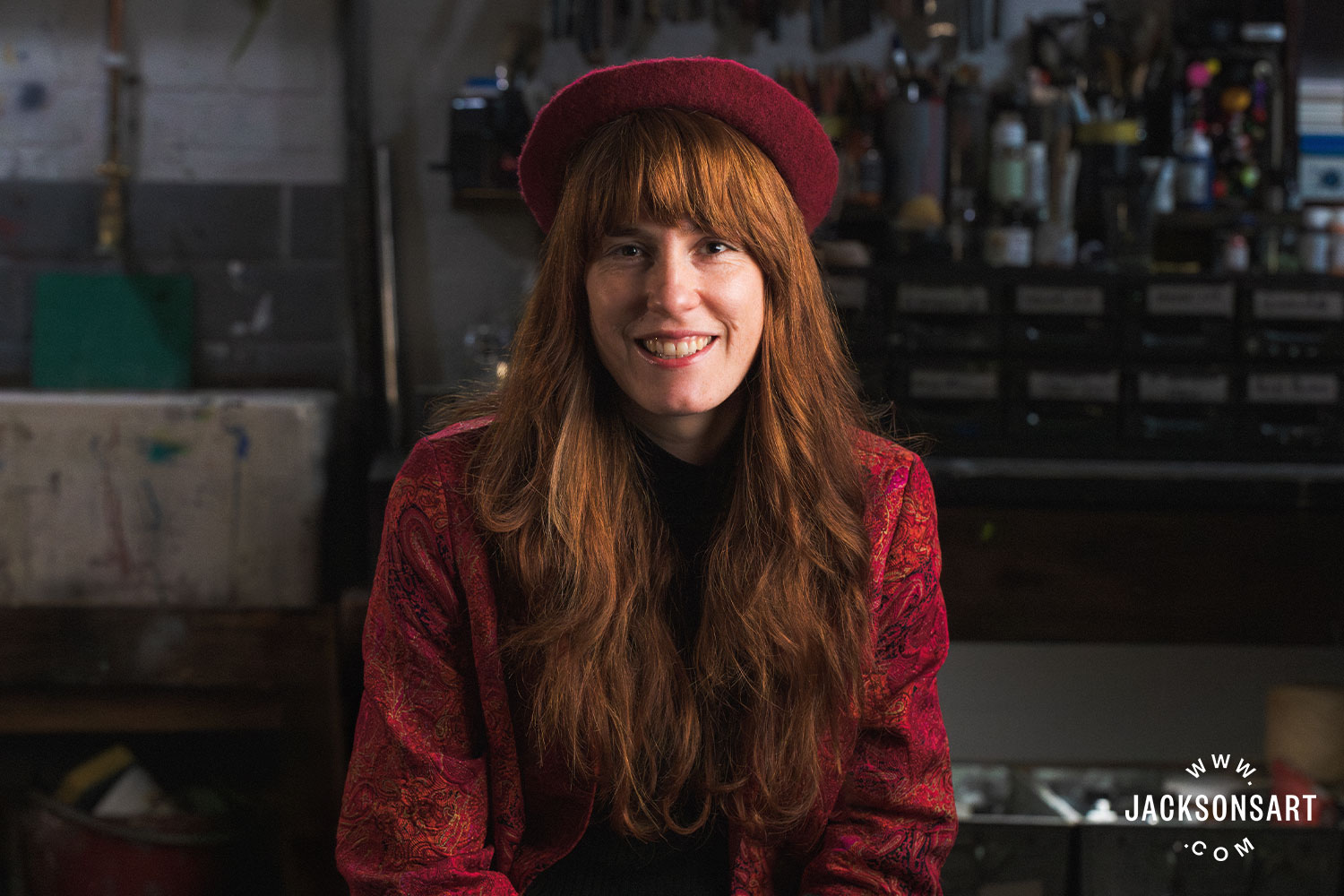
The Royal Academy Summer Exhibition has prompted me to offer some advice on Open Calls. The response letter carries a lot of weight for many artists, but it’s not the only open call out there to consider. We are going to look at the benefits of entering open calls, researching and choosing wisely, advice for your application, and healthy acceptance of the outcome.

Claudia Kennaugh
Expert Advice on Open Calls for Artists
Why Enter An Open Call?
An open call is an invitation for any artist to have their work considered for an exhibition, residency, prize, or grant. In this article, we’re going to focus on open call exhibitions, which are a smart way to get your work seen by more eyes, including potential new collectors and galleries. You can also meet new artists to connect with and gain experience in getting your work exhibition ready. There is nothing like seeing your work out in the wild, curated in a space alongside other artists. You can use these opportunities to invite people to come and see your work. For example, an artist I work with had a painting at the Mall Galleries, in London, and she hosted a coffee morning for interior designers, all huddled around a single painting. It’s a catalyst.
Doing Your Research
Historically, it has been the big institutions that host open calls, but now commercial galleries, big and small, are doing call-outs. These are often cheaper, or free, and you have the added benefit of the gallery potentially representing you in the future. This removes the fear of presenting your work to galleries, as they have specifically asked artists to send in their work. For example, UK-based galleries Blue Shop Gallery’s ‘Works on Paper’ and Irving Gallery Open Call are brilliant opportunities worth exploring. From the gallery’s point of view, it’s a very efficient way for them to find new artists. Investigate the galleries you like to get on the mailing list for announcements. Be realistic and stick to the bracket of galleries and exhibitions that align with your stage of development.
Here are some helpful websites and Instagram accounts to find open call exhibitions:
Curator Space (especially good for early career opportunities)
Open Call for Artists (US-based, international opportunities)
Choose Wisely
The most straightforward advice for open calls is to think carefully about which ones you apply to and be clear about your intentions. The entrance fees can add up so consider the following before applying:
- Why am I entering? E.g. sales, exposure, contacts.
- Is this the right time?
- Does my work resonate with the theme and gallery’s aesthetic?
- Can I afford the entry fee?
- Does it clash with other open calls?
- Can I promise my work exclusively to this exhibition? *
* In some cases, the exhibition might be a few months away and last several months. So if selected, you are committing the work to that exhibition, where it will remain until the end of the show. This is important to consider if you have another exhibition within that time frame, as the work will not be available for sale outside of the open call. Think about where it will best be sold and seen before promising it to anyone.
A nice bit of open calls advice I learned from artists is to make an open calls calendar chart. You can keep track of the ones you are entering, acceptance and exhibition dates, which pieces you have put forward, and the responses year on year.

Application Advice for Open Calls
Galleries have told me that the best thing an artist can do is read the instructions – and then read them again. Every gallery/institution will have a different method, so the best thing you can do is exactly what they ask for. Look carefully at the image format requirements, the personal details, and the artist information they need. Having run an open call myself, I can attest to the vast volume of admin, lengthened by misread application guidelines. If you are unable to send things in the requested format, send them an email to ask for alternative access.
An often neglected piece of advice for open calls is to make sure your online presence is cohesive and current at the time of applying. Your submissions are not reviewed in a vacuum, so you want the work and Artist Statement you include to align with your website and social media. When I had the pleasure of being on the panel of the Jackson’s Art Prize, I looked at the wider catalogue of each artist. For me, it’s important to see an artist’s foundation to know it’s not a lucky fluke.
Accepting the Outcome
No one likes to hear the word no. But it arises for two reasons:
1. It’s not the right fit for your work: the exhibition is misaligned to your practice or stage of development. That’s where the research really helps to make sure you’re pitching in the right places (and at the right time). There’s no use feeling rejected by something that wasn’t a good fit.
2. Someone else’s work was a better fit: your work may well have been very aligned, but on this occasion, someone else’s was more so. It’s a lottery as to who enters and which judges are on the panel each year. There is also often a criteria to fill. Remember that it is about your work and not you, so try not to take it too personally.
We all know the cliché of one door closing and another opening, and in the case of the Royal Academy Summer Exhibition, that rings true. London based gallery, Art Friend, runs a fantastic show celebrating artists who have been previously rejected from the summer exhibition. It’s called REJECTS and runs annually during the summer, gaining a lot of exposure and sales. The only entry requirement? Being rejected from the RA.
I hope that offers some open call advice to help you focus your efforts and avoid disappointment. Yes, it’s a numbers game, but they have to be the right numbers for you. Good luck and trust in the timing.
Expert Coaching Webinars With Claudia Kennaugh
Over the past few months, we asked the Jackson’s community what they wanted to know most about building a career in art. Based on your responses, we’ve created six webinars in collaboration with Claudia to explore these key topics. Each session is packed with valuable insights to help you grow and succeed as an artist, plus a live Q&A where you can ask your own questions.
.embed-container { position: relative; padding-bottom: 56.25%; height: 0; overflow: hidden; max-width: 100%; } .embed-container iframe, .embed-container object, .embed-container embed { position: absolute; top: 0; left: 0; width: 100%; height: 100%; }
Upcoming Webinars
Selling Your Artwork: 27th August
Licensing Your Artwork: 29th October
Working With Galleries: 17th December
Further Reading
Art Fair Checklist for Artists
How to Write an Artist Biography, Artist Statement, and Artwork Description
How to Organise Your Own Art Exhibition
How to Mount Artwork in a Frame
Shop Art Materials on jacksonsart.com
The post Expert Advice on Open Calls for Artists appeared first on Jackson's Art Blog.
Trending Products
